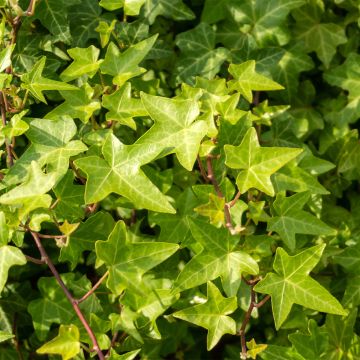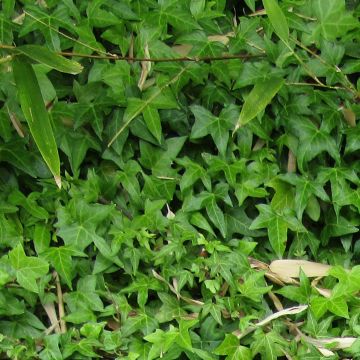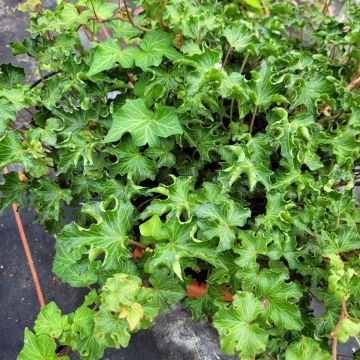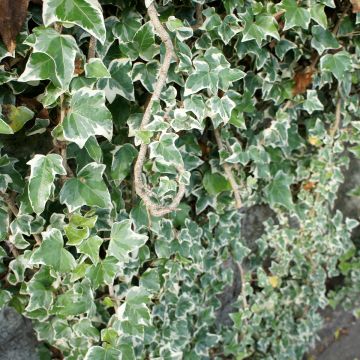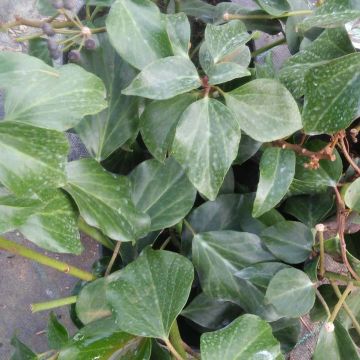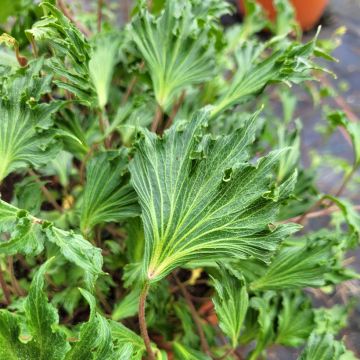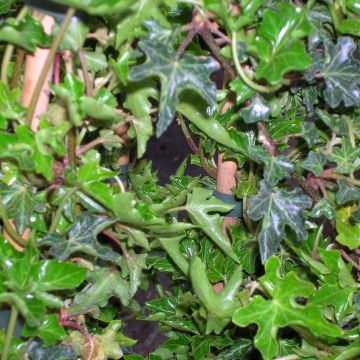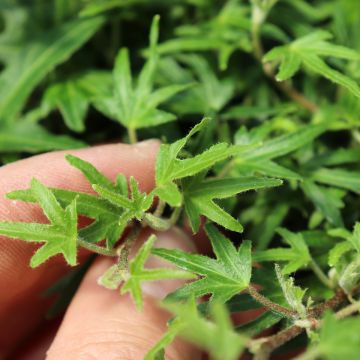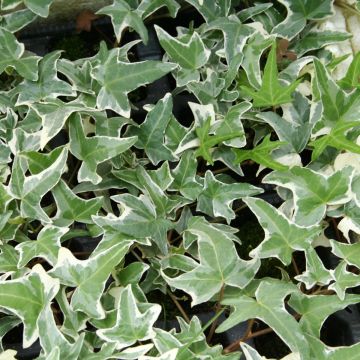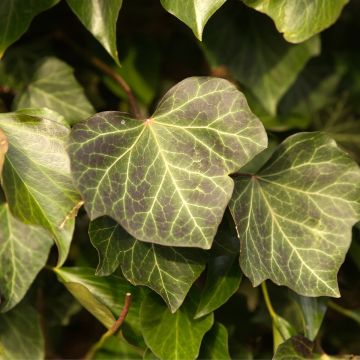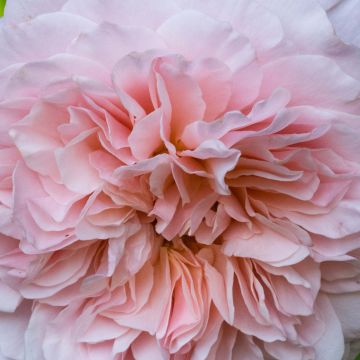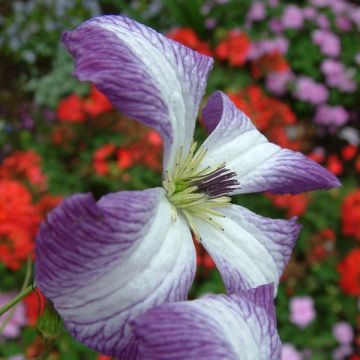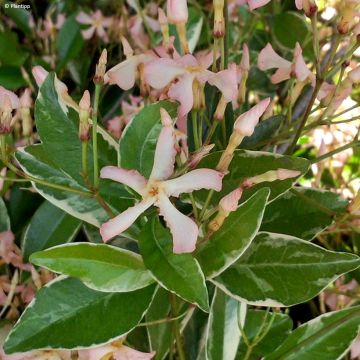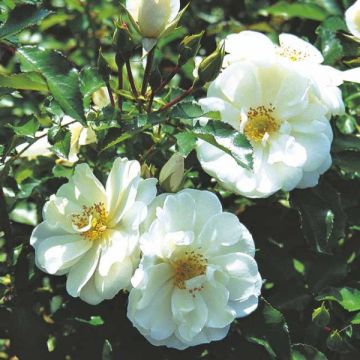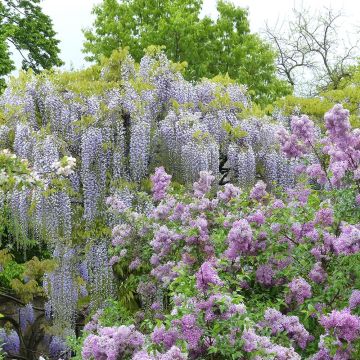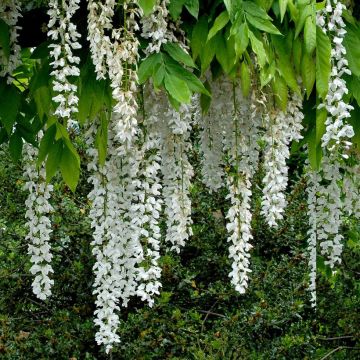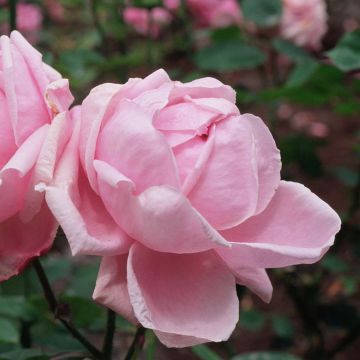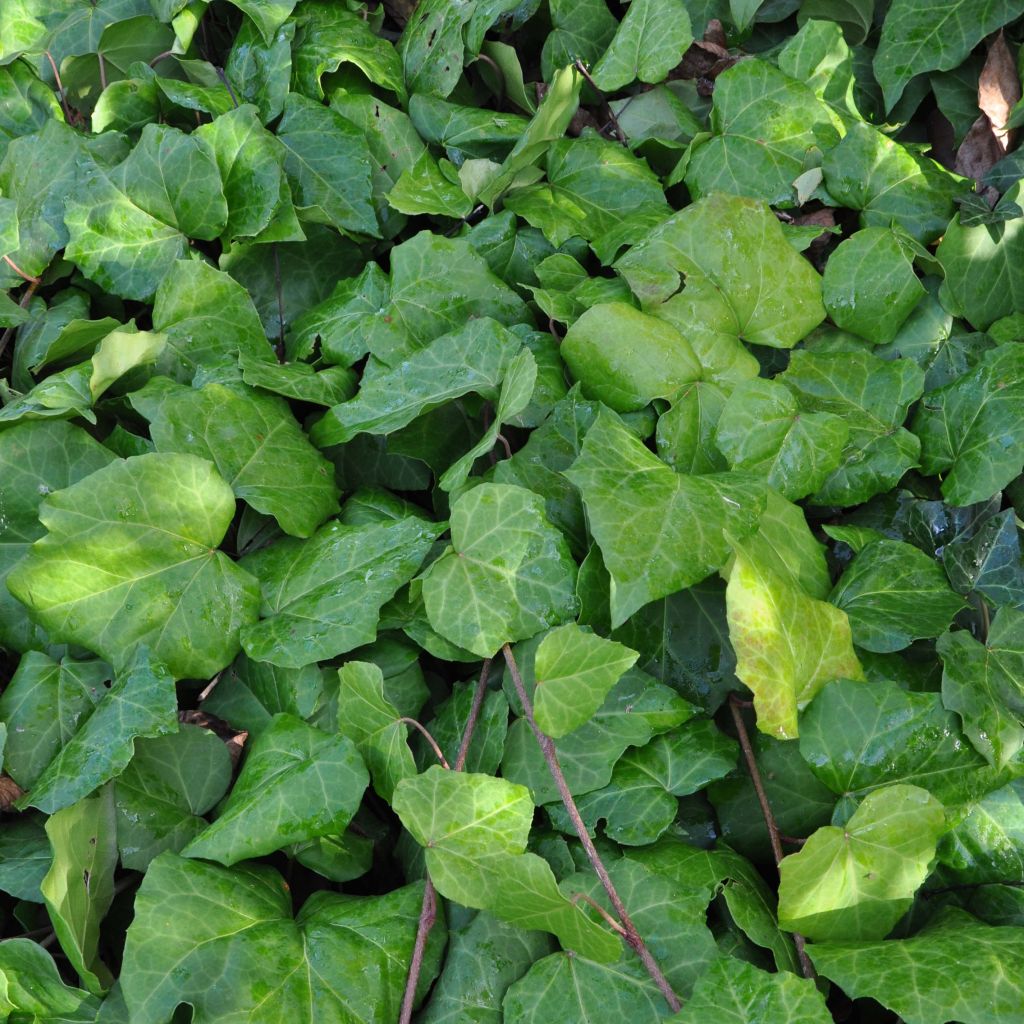

Hedera colchica - Persian Ivy
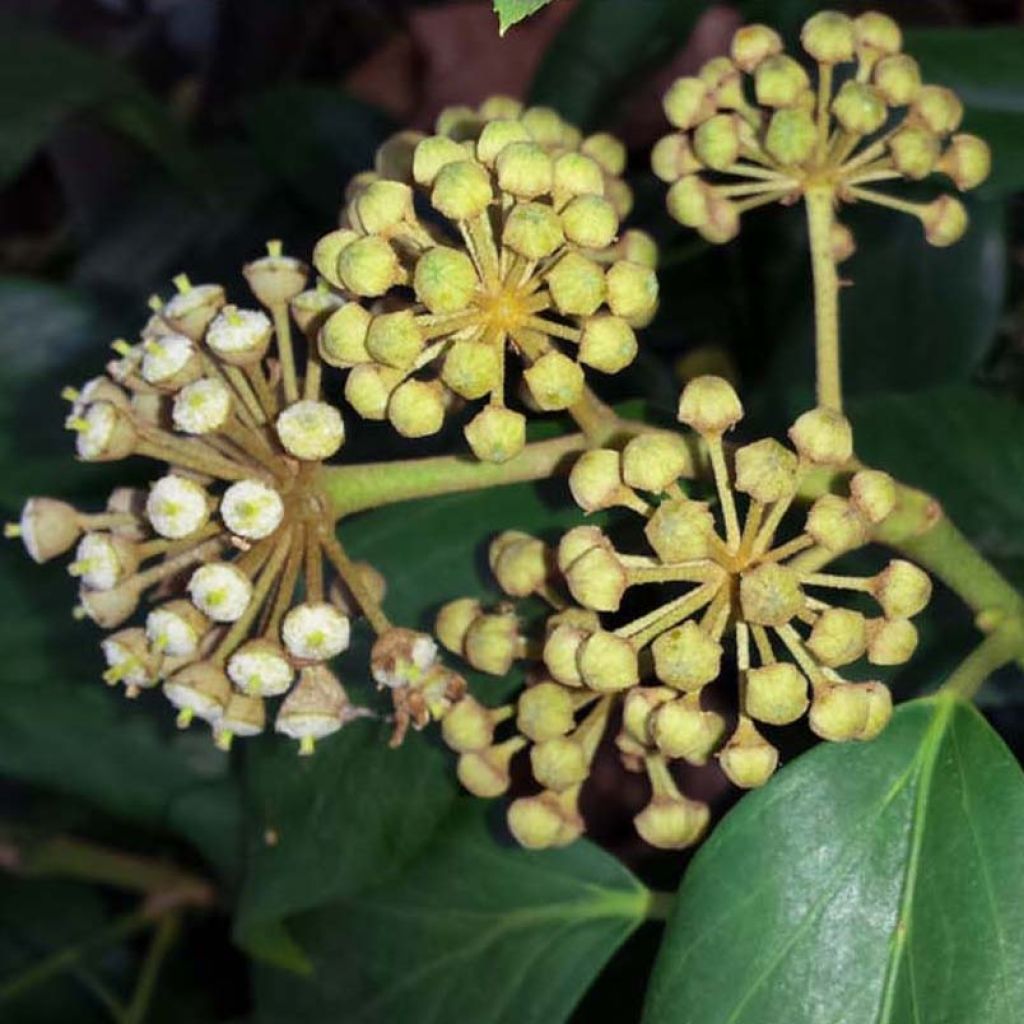

Hedera colchica - Persian Ivy
Hedera colchica - Persian Ivy
Hedera colchica
Persian Ivy, Colchis Ivy
This item cannot be shipped to the selected country
Delivery charge from €5.90
Delivery charge from €5.90
More information
Schedule delivery date,
and select date in basket
This plant carries a 6 months recovery warranty
More information
We guarantee the quality of our plants for a full growing cycle, and will replace at our expense any plant that fails to recover under normal climatic and planting conditions.
From €5.90 for pickup delivery and €6.90 for home delivery
Express home delivery from €8.90.
From €5.90 for pickup delivery and €6.90 for home delivery
Express home delivery from €8.90.

Does this plant fit my garden?
Set up your Plantfit profile →
Description
Hedera colchica is known by various names depending on the region, such as Persian Ivy, Colchis Ivy, or Caucasian Ivy. It is a highly vigorous botanical species capable of covering large areas on the ground or along vertical walls. Its main strengths are its good cold resistance, longevity, and the undeniable beauty of its abundant evergreen foliage in a vibrant green colour. Less common than our common ivy (Hedera helix), it also grows much slower, prefers humid climates, and requires consistently moist soil throughout the year. It is an extraordinary plant for magnificently greening a wall, dressing up a fence or creating a fantastic green room.
Ivies belong to the Araliaceae family and are related to Ginseng and fatsias. Colchis Ivy is native to the Near and Middle East, from the Turkish coast of the Black Sea to Asia Minor (Afghanistan, Persian Gulf, and some islands in the Red Sea). It is found in forested areas with humid microclimates, frequent mists, and near watercourses. This slow-growing climbing plant can reach a height of 30 metres (98 feet) in nature, climbing cliffs and tall trees. It will spread along the ground if it doesn't find a vertical support. This plant attaches to its support using aerial roots that transform into small climbing roots. Specimens over 400 years old exist.
Persian Ivy can easily cover an area of 10m² in our gardens. The plant forms long, flexible branches, about 5 to 8 mm (0in) thick, which lignify with age. They bear evergreen, opposite leaves that vary in appearance depending on the age and position of the branch. The leaves at the base of the ivy are extensive and have shallowly lobed edges. The leaves in the middle part of the plant, which are the majority, are huge, measuring up to 25 cm (10in) long, heart-shaped, and have barely toothed edges. Finally, the leaves on the elevated stems, exposed to light, are smaller and elongated. It is on these aerial stems that flowers appear in late summer. The flowers, greenish in colour, are inconspicuous but gathered in large spherical clusters. They are rich in nectar and provide food for numerous insects and small animals. After pollination, the flowers produce small black berries that birds love. It is the birds that spread the seeds in the surrounding area.
Colchis Ivy undeniably enhances everything it touches in moist soil and elegantly covers up anything it needs to hide, including unsightly structures or withered conifers in a single-species hedge. This use can be accompanied by evergreen bushes such as Bay Laurel, Elaeagnus ebbingei, or even a climbing hydrangea in shaded areas. It effectively and perfectly covers the ground, eventually discouraging weeds. Spring-flowering bulbs like botanical narcissus or muscari can be planted to add variety to their monochrome foliage, emerging from the green carpet in spring. Hedera colchica is a good wall cover, but be careful not to let it become invasive. Although it has a reputation for demolishing, it has protected old, dilapidated walls more than it has destroyed them; removing this plant firmly rooted in the crevices causes the masonry structure to collapse while the plant maintains its integrity. However, it should be avoided on facades. Pair it with dense perennials to keep the soil fresh at its base.
Report an error about the product description
Hedera colchica - Persian Ivy in pictures
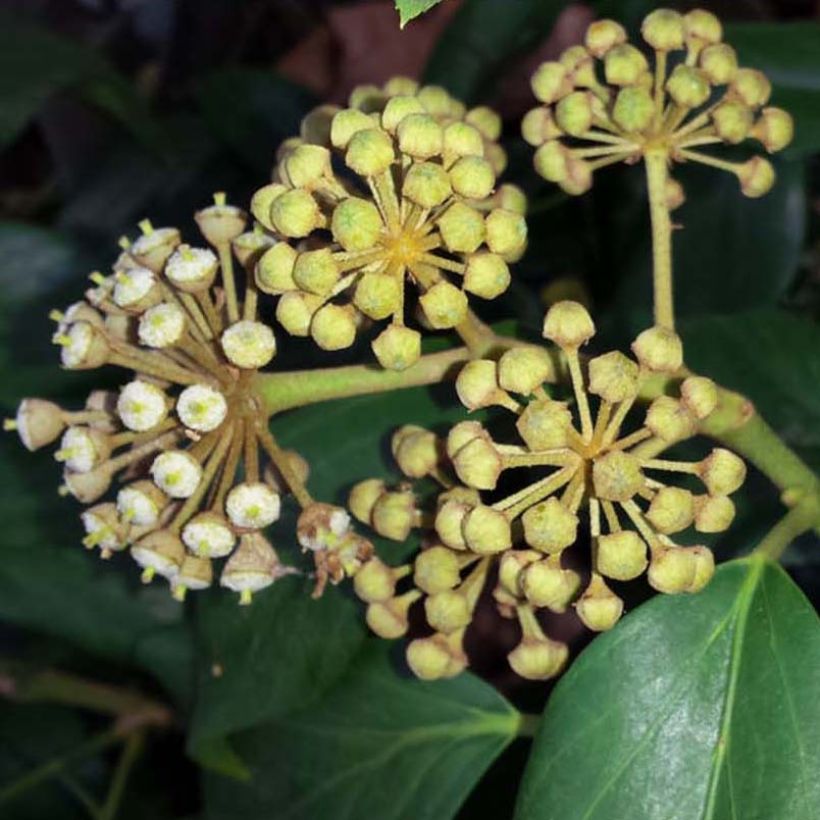

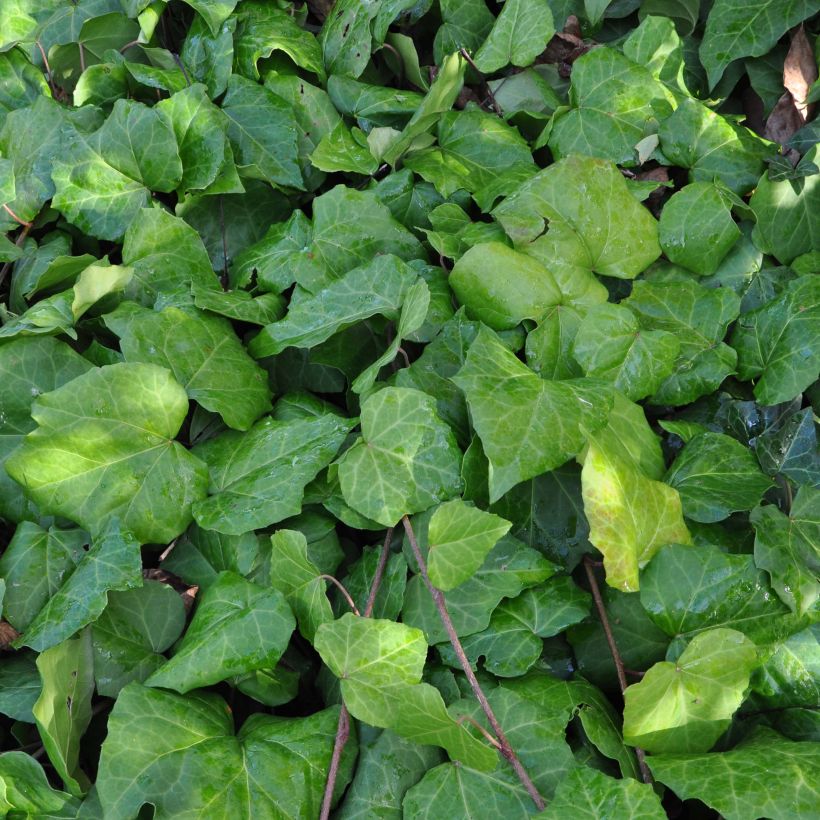

Plant habit
Flowering
Foliage
Botanical data
Hedera
colchica
Araliaceae
Persian Ivy, Colchis Ivy
Caucasus
Other Hedera - Ivy
Planting and care
Hedera colchica, easy to grow in moist soil and a rather humid climate, can be planted throughout the year in fertile, moist but well-drained soil, preferably against a wall in any situation and sheltered from cold winds. It does not tolerate drought or heavy soils but tolerates the presence of limestone in the soil very well. To promote the formation of young shoots more quickly, fix the first ones to the ground (layering). Do not hesitate to rejuvenate the plant by removing old branches. Prune regularly to shape it. For container cultivation, mix 7 parts of ordinary soil, 3 parts of turf, and 2 parts of sand. Water regularly and apply fertiliser every month during the growing season. Keep the substrate moist during winter.
Planting period
Intended location
Care
-
, onOrder confirmed
Reply from on Promesse de fleurs
Foolproof climbers
Haven't found what you were looking for?
Hardiness is the lowest winter temperature a plant can endure without suffering serious damage or even dying. However, hardiness is affected by location (a sheltered area, such as a patio), protection (winter cover) and soil type (hardiness is improved by well-drained soil).

Photo Sharing Terms & Conditions
In order to encourage gardeners to interact and share their experiences, Promesse de fleurs offers various media enabling content to be uploaded onto its Site - in particular via the ‘Photo sharing’ module.
The User agrees to refrain from:
- Posting any content that is illegal, prejudicial, insulting, racist, inciteful to hatred, revisionist, contrary to public decency, that infringes on privacy or on the privacy rights of third parties, in particular the publicity rights of persons and goods, intellectual property rights, or the right to privacy.
- Submitting content on behalf of a third party;
- Impersonate the identity of a third party and/or publish any personal information about a third party;
In general, the User undertakes to refrain from any unethical behaviour.
All Content (in particular text, comments, files, images, photos, videos, creative works, etc.), which may be subject to property or intellectual property rights, image or other private rights, shall remain the property of the User, subject to the limited rights granted by the terms of the licence granted by Promesse de fleurs as stated below. Users are at liberty to publish or not to publish such Content on the Site, notably via the ‘Photo Sharing’ facility, and accept that this Content shall be made public and freely accessible, notably on the Internet.
Users further acknowledge, undertake to have ,and guarantee that they hold all necessary rights and permissions to publish such material on the Site, in particular with regard to the legislation in force pertaining to any privacy, property, intellectual property, image, or contractual rights, or rights of any other nature. By publishing such Content on the Site, Users acknowledge accepting full liability as publishers of the Content within the meaning of the law, and grant Promesse de fleurs, free of charge, an inclusive, worldwide licence for the said Content for the entire duration of its publication, including all reproduction, representation, up/downloading, displaying, performing, transmission, and storage rights.
Users also grant permission for their name to be linked to the Content and accept that this link may not always be made available.
By engaging in posting material, Users consent to their Content becoming automatically accessible on the Internet, in particular on other sites and/or blogs and/or web pages of the Promesse de fleurs site, including in particular social pages and the Promesse de fleurs catalogue.
Users may secure the removal of entrusted content free of charge by issuing a simple request via our contact form.
The flowering period indicated on our website applies to countries and regions located in USDA zone 8 (France, the United Kingdom, Ireland, the Netherlands, etc.)
It will vary according to where you live:
- In zones 9 to 10 (Italy, Spain, Greece, etc.), flowering will occur about 2 to 4 weeks earlier.
- In zones 6 to 7 (Germany, Poland, Slovenia, and lower mountainous regions), flowering will be delayed by 2 to 3 weeks.
- In zone 5 (Central Europe, Scandinavia), blooming will be delayed by 3 to 5 weeks.
In temperate climates, pruning of spring-flowering shrubs (forsythia, spireas, etc.) should be done just after flowering.
Pruning of summer-flowering shrubs (Indian Lilac, Perovskia, etc.) can be done in winter or spring.
In cold regions as well as with frost-sensitive plants, avoid pruning too early when severe frosts may still occur.
The planting period indicated on our website applies to countries and regions located in USDA zone 8 (France, United Kingdom, Ireland, Netherlands).
It will vary according to where you live:
- In Mediterranean zones (Marseille, Madrid, Milan, etc.), autumn and winter are the best planting periods.
- In continental zones (Strasbourg, Munich, Vienna, etc.), delay planting by 2 to 3 weeks in spring and bring it forward by 2 to 4 weeks in autumn.
- In mountainous regions (the Alps, Pyrenees, Carpathians, etc.), it is best to plant in late spring (May-June) or late summer (August-September).
The harvesting period indicated on our website applies to countries and regions in USDA zone 8 (France, England, Ireland, the Netherlands).
In colder areas (Scandinavia, Poland, Austria...) fruit and vegetable harvests are likely to be delayed by 3-4 weeks.
In warmer areas (Italy, Spain, Greece, etc.), harvesting will probably take place earlier, depending on weather conditions.
The sowing periods indicated on our website apply to countries and regions within USDA Zone 8 (France, UK, Ireland, Netherlands).
In colder areas (Scandinavia, Poland, Austria...), delay any outdoor sowing by 3-4 weeks, or sow under glass.
In warmer climes (Italy, Spain, Greece, etc.), bring outdoor sowing forward by a few weeks.

































